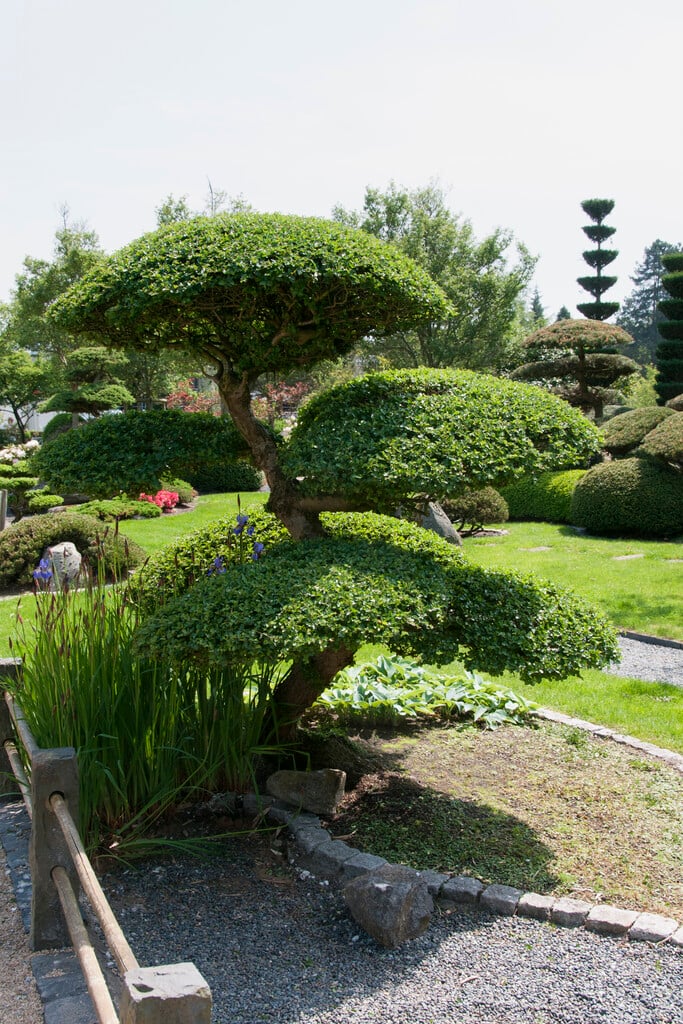Ulmus minor
European field elm
Large, graceful, open, deciduous tree about 30m tall, with slender, arching branches and glossy, narrowly oval, mid to dark green leaves to 10cm long, turning yellow in autumn. Very small red flowers in mid to late spring are followed by green winged fruits 1cm across
Other common names
field elmsmooth-leaved elm
Synonyms
Ulmus foliaceaUlmus minor carpinifolia
see moreUlmus nitens
Ulmus campestris misapplied
Ulmus carpinifolia
Ulmus campestris L.
Size
Ultimate height
Higher than 12 metresTime to ultimate height
20–50 yearsUltimate spread
Wider than 8 metresGrowing conditions
Moisture
Well–drainedpH
Acid, Alkaline, NeutralColour & scent
| Stem | Flower | Foliage | Fruit | |
| Spring | Red | Green | Green | |
|---|---|---|---|---|
| Summer | Green | |||
| Autumn | Yellow | |||
| Winter |
Position
- Full sun
- Partial shade
Aspect
East–facing or South–facing or West–facing
Exposure
Exposed or Sheltered Hardiness
H7Botanical details
- Family
- Ulmaceae
- Native to GB / Ireland
- Yes
- Foliage
- Deciduous
- Habit
- Spreading branched
- Genus
Ulmus are deciduous trees, often large, with elliptic or ovate leaves often colouring well in autumn; inconspicuous flowers are followed by winged fruits
- Name status
Correct
How to grow
Cultivation
Grow in any well drained soil in full sun or partial shade
Propagation
Propagate by softwood cuttings in summer. Chip budding and grafting may also be used. Propagate by seed, see trees and shrubs from seed
Suggested planting locations and garden types
- Architectural
- Coastal
- Cottage and informal garden
- Wildlife gardens
Pruning
Pests
May be susceptible to aphids, bark beetles, horse chestnut scale and elm gall mites
Diseases
May be susceptible to Dutch elm disease, coral spot, honey fungus and phytophthora
Love gardening
Sign up to receive regular gardening tips, inspiration, offers and more
View our Privacy Policy
Get involved
The Royal Horticultural Society is the UK’s leading gardening charity. We aim to enrich everyone’s life through plants, and make the UK a greener and more beautiful place.

